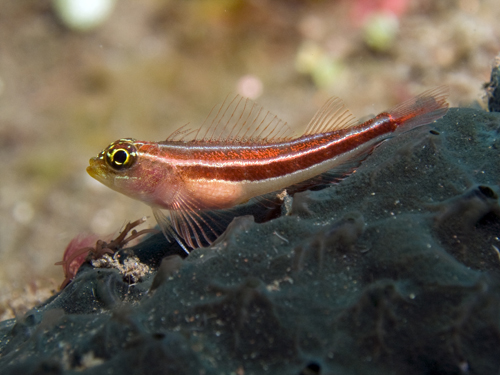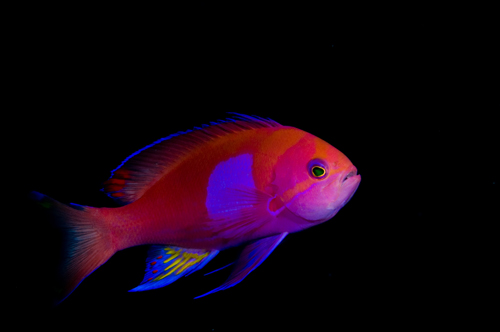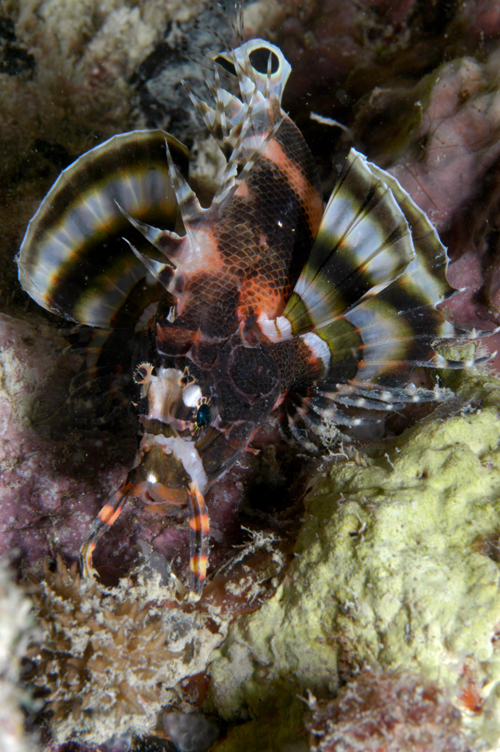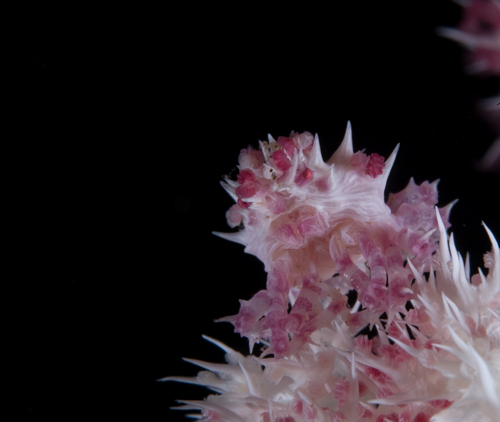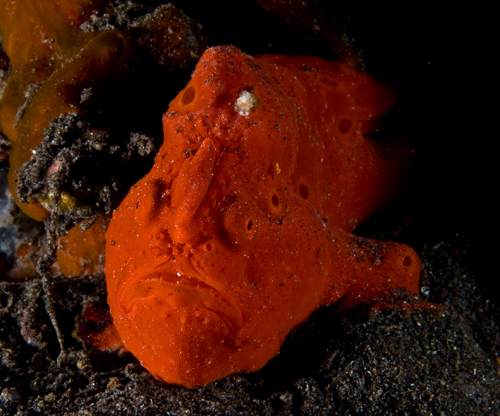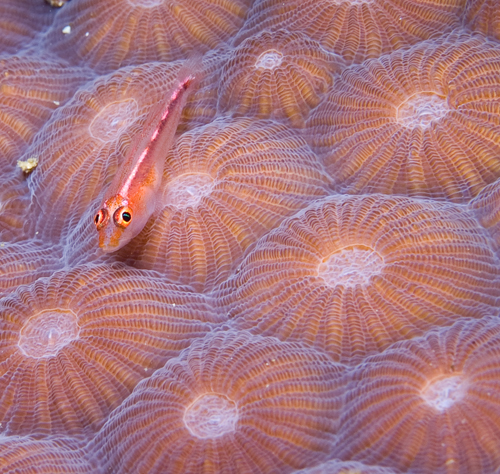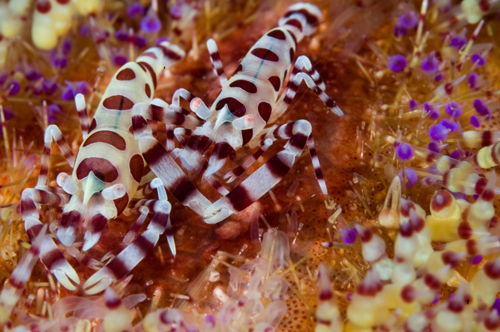Introduction
Macro photography is an exciting and rewarding pursuit, especially underwater. With a plethora of subjects and relatively easy techniques, it provides a great starting point for aspiring underwater photographers. In this comprehensive guide, we will explore various tips and techniques to help you perfect your underwater photography macro skills.
Get Close
As the saying goes in underwater photography (and not only in macro), “get close, and when you think you are close enough, get closer.” The key to creating vibrant and sharp underwater images is to eliminate the amount of water between you and your subject. Water contains countless tiny particles that may not be distracting to your naked eye, but when illuminated by strobes, can mar your images. By taking advantage of the close focusing ability of your macro lenses, you can get as close as possible.
However, getting close requires excellent buoyancy skills and the utmost respect for the underwater environment. It is crucial to ensure that there is ample room for your port and to avoid breaking corals or disturbing the surrounding ecosystem. Always be aware of your surroundings and refrain from touching or damaging marine life. Steadying yourself can be achieved by placing one or two fingers on a dead part of the reef while keeping your body off the reef altogether. While some subjects may be skittish and flee if approached too closely, the close focusing capability of macro lenses can compensate for this.
For point and shoot cameras, turning on the macro mode allows you to focus closer to the subject by decreasing the minimum focus distance. However, it is important not to rely solely on zooming; physically getting as close as your camera can focus is crucial. Additionally, keep in mind that the more you zoom in, the more difficult it becomes to focus. Therefore, it is essential to steady yourself before capturing the shot. In certain situations, the macro mode of point and shoot cameras may require you to get too close to the subject. In such cases, it is advisable to turn off the macro mode, get as close as possible, and utilize your camera’s optical zoom.
Careful Focusing
When shooting macro at a 1:1 ratio and using focal lengths of 60mm and longer, the depth of field becomes very shallow. This means that the range of focus beyond the main focal point is limited, often just a few millimeters. To achieve a focused subject, it is often necessary to use narrow apertures. However, using wide apertures with macro lenses at high magnification can result in compelling images with a blurred background, drawing the viewer into the image.
Yet, achieving the desired plane of focus precisely becomes more challenging with wider apertures. This is where a steady hand and subject become essential. While narrower apertures can help solve the depth of field problem, it can still be tricky to achieve the exact plane of focus with long focal length macro lenses. Patience and practice are key in these situations. For the maximum depth of field, employing small apertures like f/22 is recommended.
A low aperture setting can help create a blurred background, enhancing the subject’s prominence. It is important to note that increasing the aperture to narrow down the depth of field requires a faster shutter speed and careful control of lighting for a correctly exposed image.
Focus on the Eyes
When capturing images of animals in macro photography, the eyes should be the focal point. If there is only one element in focus, it must be the eyes. When selecting a focal point, keep in mind that one-third of what is in focus lies in front of the exact point of focus, while two-thirds fall behind it. For example, if you want both the mouth and the eyes to be in focus, try focusing somewhere in between the two.
If the goal is to have the entire subject in focus, maintaining parallel positioning between the camera and the subject is key. Although a straight-on side shot may not always be the most visually captivating, it ensures that most of the visible part of the subject falls within the depth of field, resulting in a well-focused image of the entire animal.
Focus Bracketing
In situations where the depth of field is extremely shallow, and the subject is minute, achieving precise focus can be challenging. In such instances, experienced macro photographer Keri Wilk suggests employing the technique of focus bracketing. By slightly rocking the camera while taking multiple exposures, you can “bracket focus” to ensure that the plane of focus aligns exactly where you desire.
Create Contrast Between Foreground and Background
Maintaining a visually clean and uncluttered background is crucial in macro photography. Often, distracting debris or elements can enter the frame, taking away from the overall impact of the image. When shooting at a 1:1 ratio, a narrow depth of field entails that anything beyond the depth of field will appear blurry. This presents an opportunity to create contrast between the subject and the background.
One way to achieve this is by positioning yourself in a way that allows only open water to form the background. While it may not always be feasible, endeavor to locate a shooting angle that minimizes any distracting elements in the frame, leaving only a blurred open water background behind the subject.
Solid black or blue backgrounds are often sought after in macro photography as they provide a striking contrast to the subject. To achieve a black background, increase the shutter speed and use a narrow aperture to limit the light reaching the sensor. In this case, using strobes becomes essential as they will effectively light the subject while underexposing the open water, resulting in a black background. Note that the histogram may indicate an underexposed image due to these settings, but this is desirable for creating a black background.
Additionally, creative lighting techniques like side lighting or top lighting can help isolate the subject from the background, ensuring a cleaner and more visually appealing composition. Seeking subjects with interesting patterns or backgrounds can also enhance the overall impact of macro images. The tight aperture can help maximize the depth of field and keep the background in focus.
Selecting Subjects
The beauty of macro photography lies in the abundant array of subjects available underwater. From tiny bubbles to small fish and intricate patterns on coral polyps, nearly everything can make an excellent macro subject. Although some may consider common fish and invertebrates less exciting, they can still evoke awe and wonder in those who may never have the opportunity to explore the ocean themselves.
While photographing common subjects can be fulfilling, it is certainly exciting to discover rare and unique macro subjects. To increase your chances of finding such creatures, it is invaluable to possess knowledge about their habitats. Before entering the water, take the time to study the subject you wish to photograph and familiarize yourself with the marine life of your destination. Successful photographers often have a deep understanding of the habitats they explore, enabling them to capture the most interesting and elusive macro subjects. For instance, if you desire to photograph a Coleman shrimp, dedicating your dive to searching fire urchins, where they are commonly found, greatly enhances your chances of success. Similarly, knowing which corals to inspect can be the key to spotting a pygmy seahorse. A little research before diving can go a long way in enhancing your macro photography experience.
Conclusion
Macro photography offers countless opportunities for underwater photographers to capture the marvels of the underwater world. By following the tips and techniques outlined in this guide, you can refine your skills and produce stunning macro images. Remember to get close, focus carefully, seek contrast between foreground and background, and select subjects wisely. With practice, patience, and a passion for the underwater world, you can create captivating macro photographs that inspire and captivate viewers.
The article is compiled and compiled by tipcamera.com


